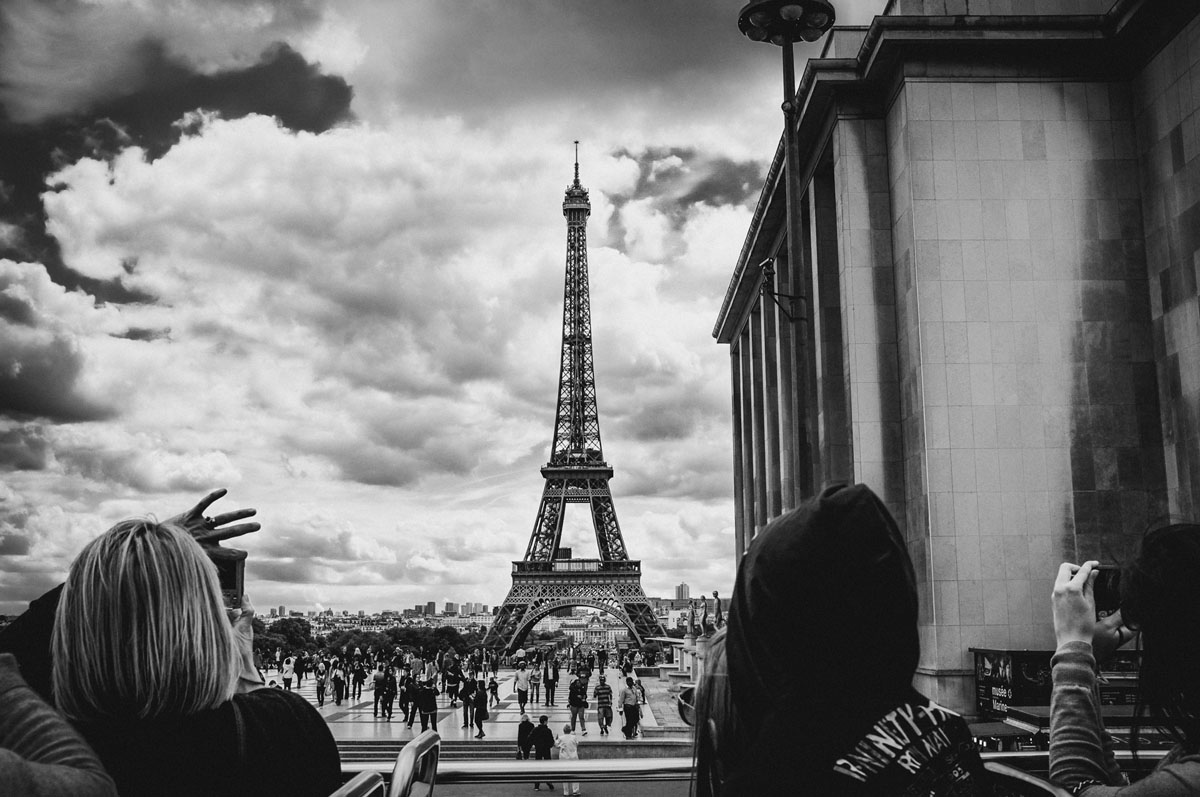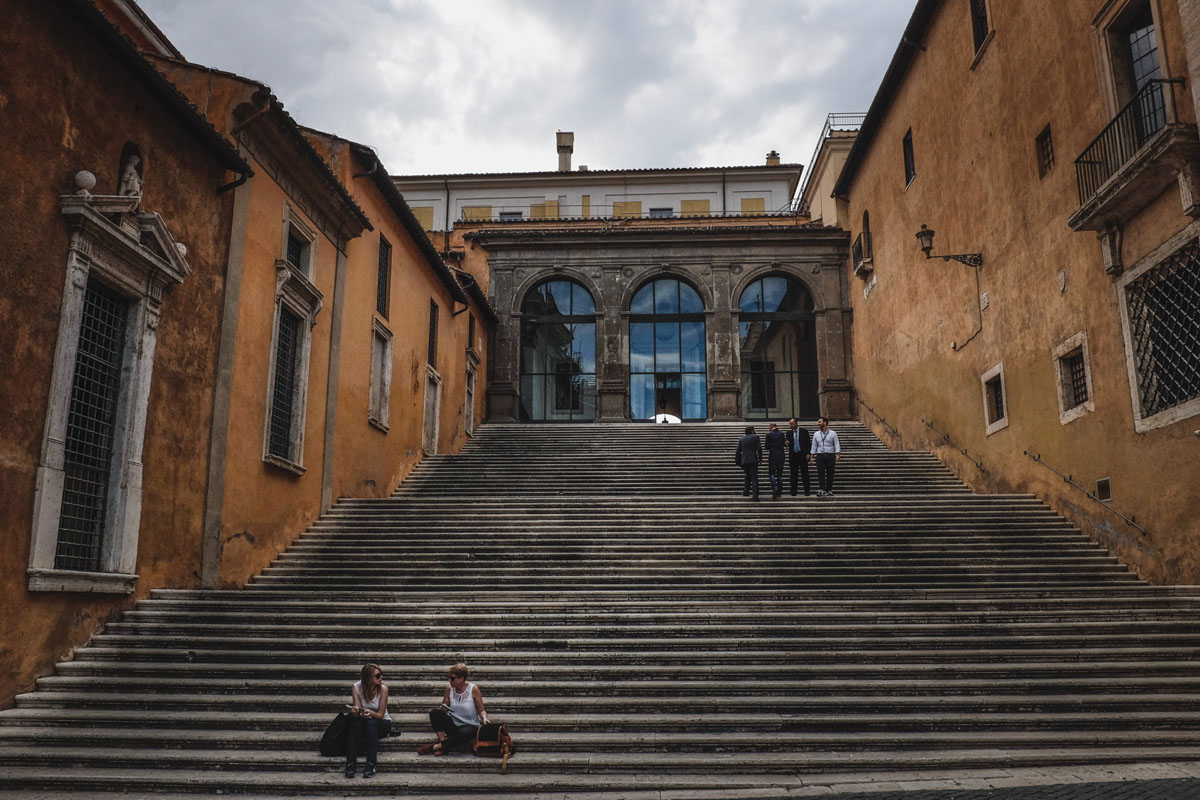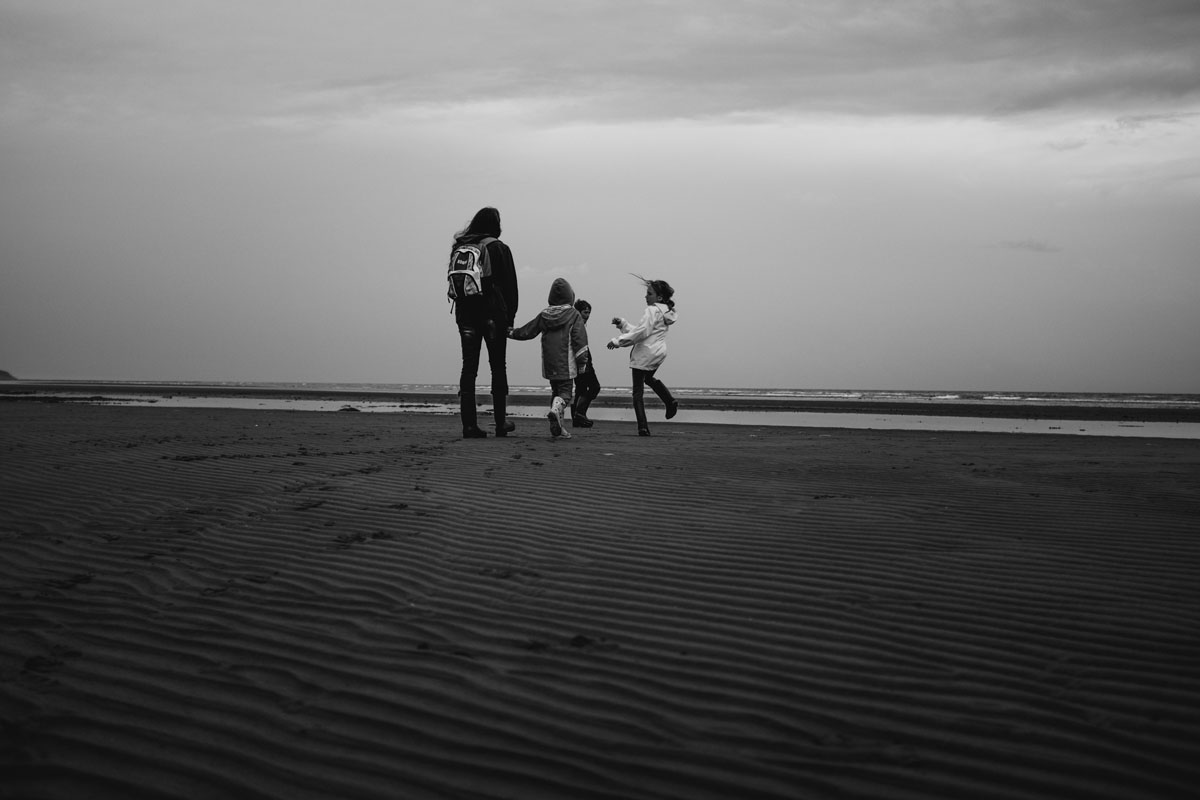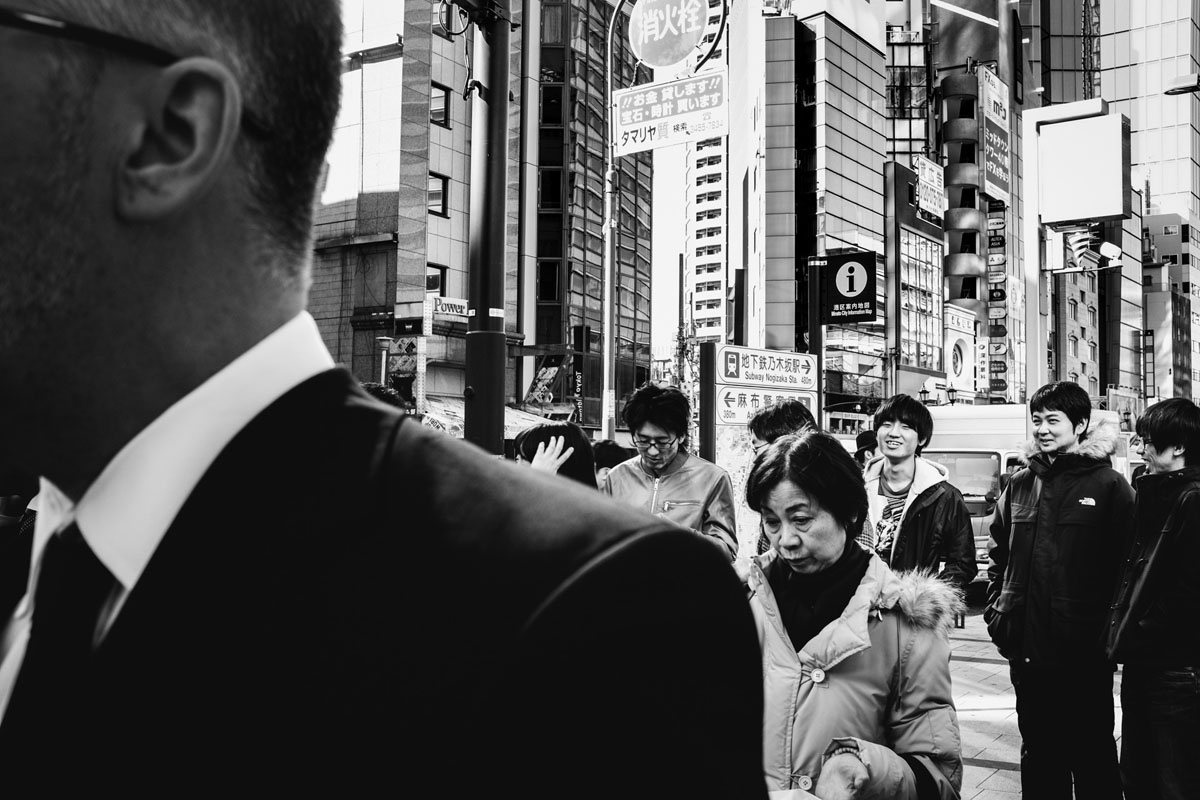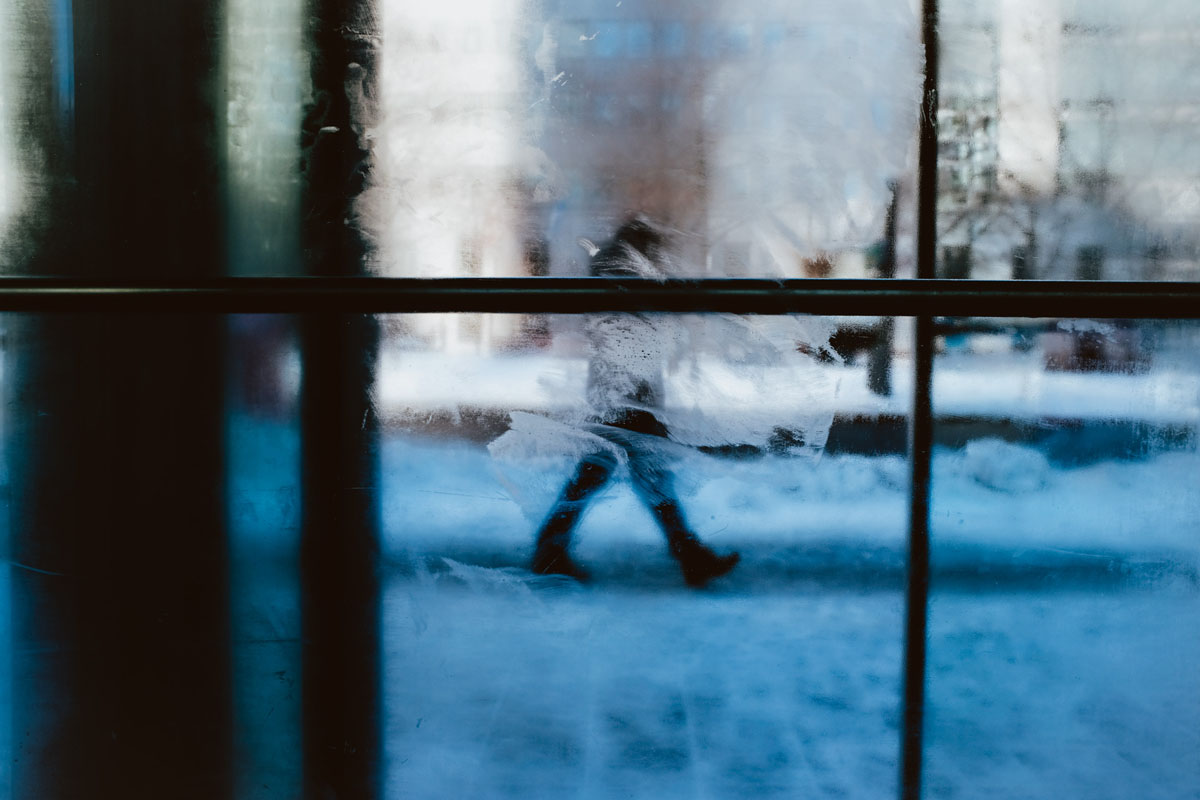
Patrick La Roque - Of origins and blueprints
Patrick La Roque
My name is Patrick La Roque and I’m a freelance photographer based in Montreal, Canada. I shoot people, spaces, street, products; I shoot to expose a narrative, no matter the subject.
I’m a founding member of the KAGE COLLECTIVE, an international group of independent photographers focused on visual essays and documentary projects, and operate a studio specializing in portrait and commercial work.
But at the end of the day, I’m really just a guy looking to tell a story.
I’ve held an X100 on the streets of Paris, Rome and Venice; in La Malbaie and in Tokyo. I’ve crawled through caves and climbed peaks to medieval ruins, hidden in the shadows of a western U.S cathedral and wandered the halls of a seminary, unseen and unheard. I’ve been to funerals, to recitals, walked through forests, alleys, our kids’ bedrooms…at every turn I’ve witnessed—the small, the grandiose, the happy and the sad. Our family’s coming of age, life and work defined one frame at a time.
It’s difficult to explain, this attraction to photography and the endless accumulation of stilled moments. I guess it’s a fascination with time and with humanity, our frailties, our darkness, our potential for magnificence in spite of ourselves. It’s an exploration of surfaces and depths, not just the beautiful but the unsettling as well; the captured chaos of movement or the peaceful respite of an unravelling scene, frozen.
I can’t pinpoint which came first anymore: the original X100 or this obsession with documenting the world around me. Was the camera a trigger or was I simply ready for a shift? It’s the chicken and egg conundrum. But one thing is absolutely clear, regardless: the X100 came to define the photographer I wanted to be. Eventually, the photographer I became.
This is a lot to assign to a mere piece of tech isn’t it? It’s just a tool some will say. But see…I don’t believe tools are insignificant. Design—good design—stems from a basic intention, a clear understanding of how an object will be used, of its purpose. It requires imagining results before a single line is sketched. And all this work shapes us in return, because the tool’s core philosophy, all those decisions at every point in the process, all of it—as we use the gear—becomes part of who we are. A good tool is transformative: it guides our path and allows us to envision possibilities we may not have discerned before.
When I look at the road from the X100 to the X100F…I see refinement and evolution. Most of all though, I see an incredible initial blueprint. There’s no question how far we’ve traveled since the release of that original model in 2011 and yes, much has changed: the sensor, the CPU, the EVF, the customizability, functions etc. We’ve seen CLASSIC CHROME and ACROS redefine what in-camera processing can achieve. All of this is more or less to be expected—technology after all moves forward, always. But I’m most impressed by what has not changed: it’s a testament to the camera’s clear fundamental design. To this day, the X100 remains unique in Fujifilm’s lineup: the leaf shutter, built-in ND filter, the almost invisible footprint—all features present from the very beginning. This camera is nothing less than the origin of everything we now know, from X to GFX; that’s a pretty monumental achievement in vision and foresight.
As I unpacked the X100F, the upgrade was immediately obvious: the joystick was there, just like my X-Pro2. The whole layout, in fact, entirely in line with its bigger sibling. I moved my fingers over the buttons, I cradled the camera in my hands…it all seemed “more”: more detailed, more logical, more refined. And yet it was still the camera I knew so well—shinier, more sophisticated, perhaps slightly taller…but the same partner in crime.
I can’t predict what lies ahead: the world is complex and unstable, sometimes the weight of it all is enormous. But I’ll keep reaching for an X100 to somehow make sense of what I experience—in our home, in our travels, in my work and anywhere this life takes me.
I’ll pick up my old friend—my perfect storytelling machine—and collect those frames.
I can’t predict what lies ahead: the world is complex and unstable, sometimes the weight of it all is enormous. But I’ll keep reaching for an X100 to somehow make sense of what I experience—in our home, in our travels, in my work and anywhere this life takes me.
I’ll pick up my old friend—my perfect storytelling machine—and collect those frames.















































